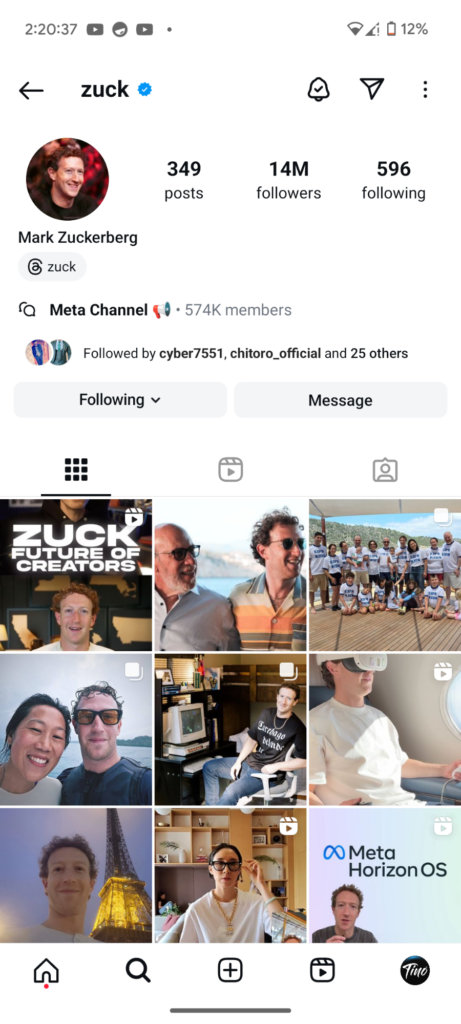
So once again we have Google introducing something new, something shiny and it’s called Gemini. But there’s a cap, instead of rolling this out as an upgrade to our beloved Google Assistant, they’ve decided to make it a separate thing. Now, we’ve got a choice to make, and frankly, it’s a hard decision to make.
Google’s Split Decision
I’ve been using Google Assistant since birth, well maybe not but you get the point. It wakes me up, tells me the weather, and even handles the odd Google search or two. It’s even built into my headphones. It’s like the reliable friend who’s always there when you need them. Now we have Gemini, the new kid on the block promising smarter conversations and a bit more pizzazz with handling complex tasks.
Here’s my situation:
- Google Assistant: It’s like an old friend. Reliable, predictable, and deeply woven into all the Google stuff I use every day. It’s comfy and familiar.
- Gemini: This one’s meant to be cutting-edge with better chat abilities. Cool, yes, but also a tad intimidating? Oh and there are lots of compromises to make here, don’t get me started with those.
Why Not Just One Super Assistant?
Honestly, I can’t help but wonder why Google didn’t just merge Gemini into Google Assistant. Wouldn’t it be smoother to have one super assistant that gets better over time rather than choosing between old reliable and the new experiment? Here’s why this split feels a bit off:
- No More Juggling: Seriously, who wants to switch between two assistants? I’d love one assistant that just gets all the new updates and keeps getting smarter.
- Learning Curve: Learning how to use a new assistant sounds like a chore. I’ve got enough on my plate already without adding “figure out Gemini” to the list.
- Efficiency: Combining the cool new features of Gemini with the established reliability of Google Assistant seems like the smarter move. Why reinvent the wheel?
I’m Sticking With What Works… For Now
For now, I’m sticking with Google Assistant. It does everything I need, and well, I’m used to it. Unless Gemini blows my socks off or they decide to merge it with Assistant (please do!), I don’t see a reason to switch.
Conclusion: Keep It Simple, Google
This whole scenario feels like Google might be complicating things unnecessarily. We don’t need two assistants; we need one that’s always evolving and adapting. Maybe it’s time for Google to consider not just what’s technologically possible, but also what’s genuinely useful for us, the users.













